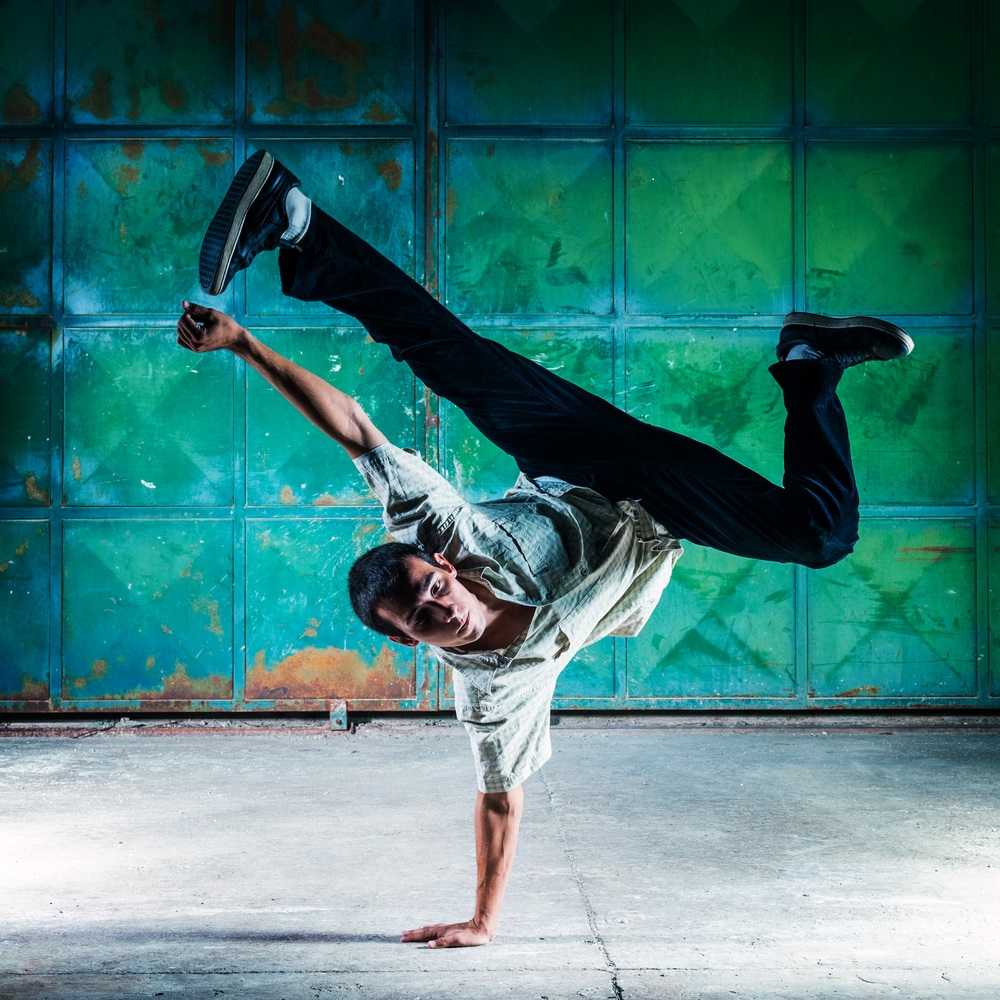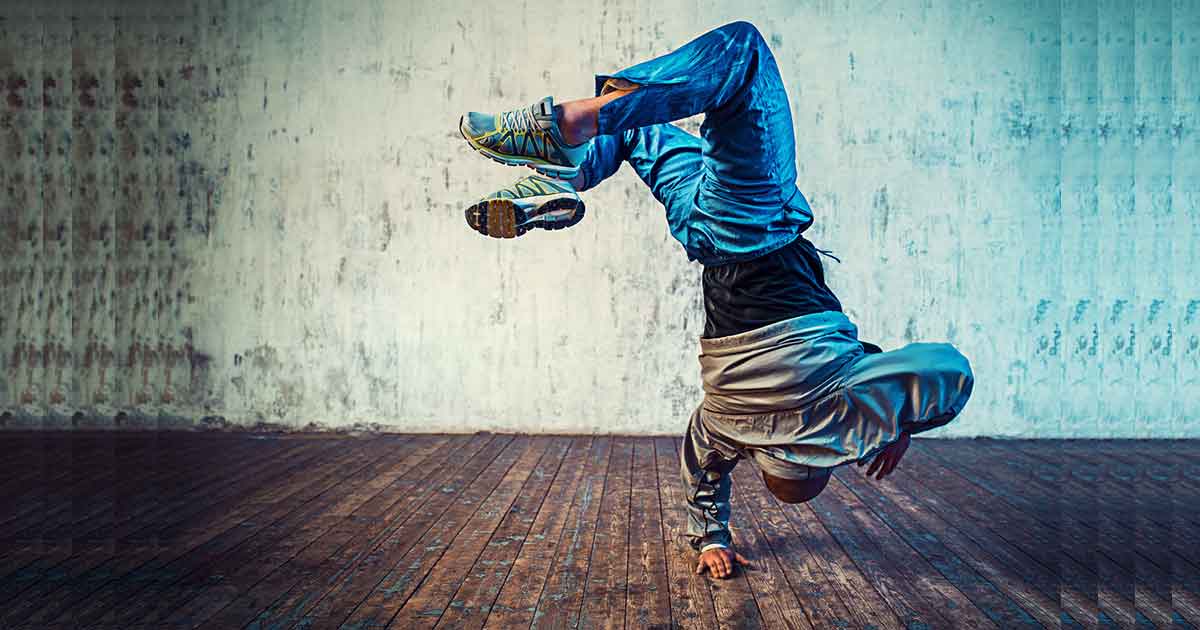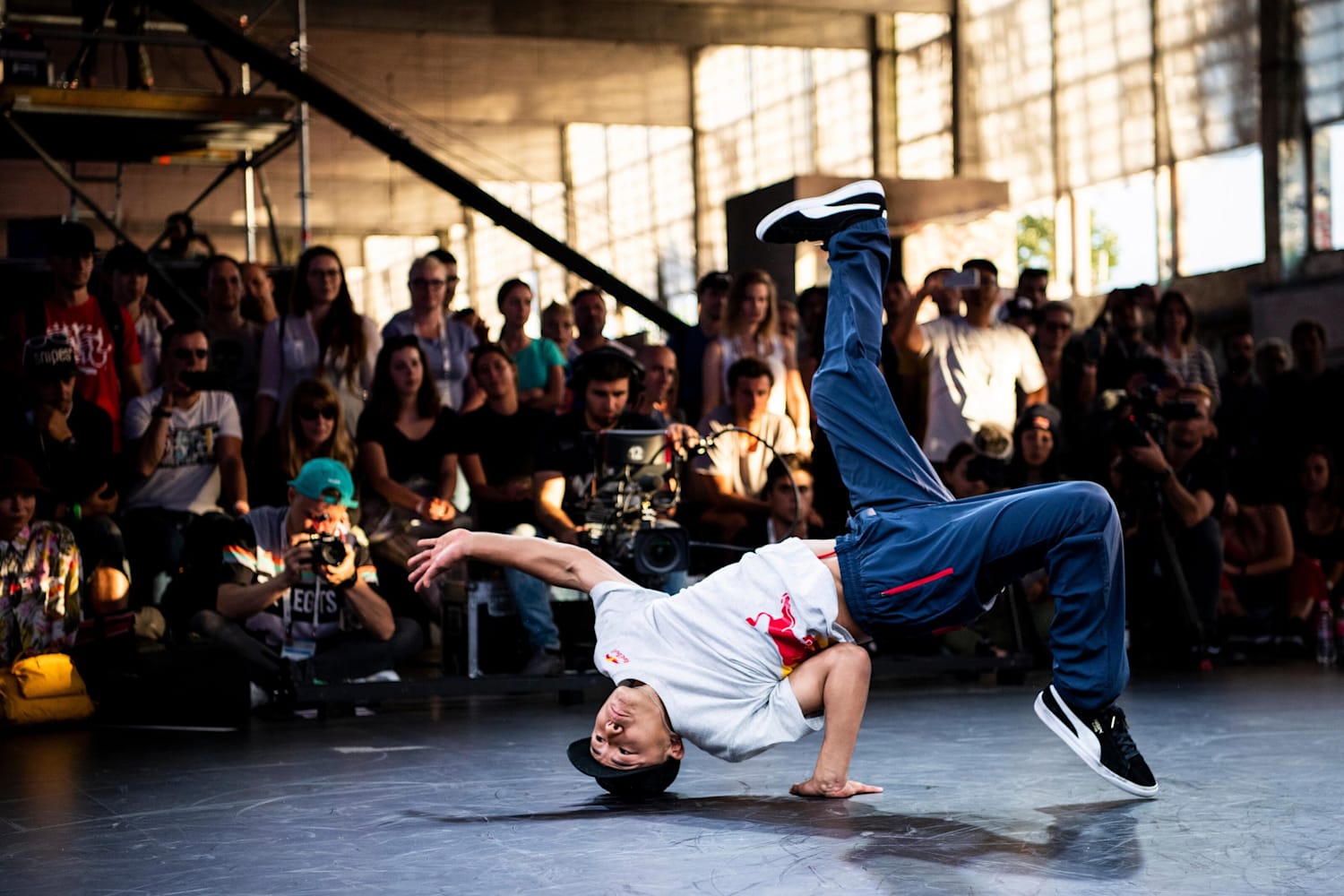History and Evolution of Breakdancing: Break Dancing

Breakdancing, also known as b-boying or b-girling, is a dynamic and expressive street dance style that originated in the 1970s in the Bronx, New York City. It’s an integral part of hip-hop culture, alongside rapping, DJing, and graffiti art.
Breakdancing’s roots are deeply intertwined with the social and cultural landscape of the Bronx during this period. The rise of hip-hop was a response to the economic and social challenges faced by many young people in the community. Breakdancing emerged as a way for individuals to express themselves creatively, connect with their peers, and challenge the status quo.
Early Influences and Development
The early development of breakdancing was heavily influenced by various dance styles, including:
- Capoeira: A Brazilian martial art and dance form that emphasizes agility, acrobatics, and rhythmic movements. Capoeira’s influence is evident in breakdancing’s use of complex footwork, spins, and dynamic transitions.
- Jazz: Jazz dance provided breakdancing with its improvisational nature, dynamic energy, and emphasis on rhythmic expression.
- Ballet: Breakdancing adopted ballet’s focus on body control, strength, and precision, evident in its intricate footwork and power moves.
Early breakdancers, like the Rock Steady Crew, the Furious Five, and the Magnificent Force, played a pivotal role in shaping the foundations of the dance style. They developed signature moves, such as the “top rock,” “down rock,” “power moves,” and “freezes,” laying the groundwork for future generations of breakdancers.
The Golden Age of Breakdancing (1980s)
The 1980s marked the golden age of breakdancing. The dance style gained widespread popularity, becoming a global phenomenon. This period witnessed the emergence of legendary breakdancers like Crazy Legs, Boogaloo Sam, and the Electric Boogaloos, who further pushed the boundaries of the dance form.
Breakdancing’s popularity during this era was fueled by its inclusion in movies like “Beat Street” (1984) and “Breakin'” (1984), which showcased the dance style’s energy, creativity, and athleticism. Breakdancing also gained exposure through music videos, television shows, and competitions.
Evolution and Innovation, Break dancing
Throughout the 1990s and 2000s, breakdancing continued to evolve, with new styles and innovations emerging. These include:
- Power Moves: Breakdancers began incorporating more advanced and complex power moves, pushing the limits of physical strength and agility. These moves often involved intricate combinations of spins, flips, and rotations.
- Footwork: Footwork became more intricate and sophisticated, with breakdancers developing new techniques and patterns to create visually stunning and complex movements.
- Styles and Subgenres: Breakdancing diversified into various subgenres, each with its unique characteristics and aesthetics. These subgenres include “footwork,” “power moves,” “toprock,” and “freeze.”
The rise of social media platforms like YouTube and Instagram has played a significant role in the global spread of breakdancing. These platforms have allowed breakdancers to share their skills, connect with other dancers, and inspire a new generation of b-boys and b-girls.
Contemporary Breakdancing
Today, breakdancing continues to evolve, with a focus on innovation, creativity, and the integration of diverse influences. Breakdancers are constantly pushing the boundaries of the dance form, exploring new techniques, and developing their own unique styles.
Breakdancing is recognized globally as a legitimate art form and is included in international competitions, such as the Red Bull BC One and the World B-Boy Championships. The dance style has also gained recognition as a potential Olympic sport.
Techniques and Styles of Breakdancing

Breakdancing is a super cool and dynamic dance style that involves a wide range of techniques and styles. It’s all about showing off your skills and creativity through intricate footwork, power moves, and freezes. Let’s break it down!
Fundamental Moves
Breakdancing is all about mastering the fundamentals. Here are the key moves that form the foundation of this dance style:
- Toprock: This is the foundational move where you stand up and move your feet in a rhythmic pattern. Think of it like the warm-up before the real action starts. Toprock is super versatile and can be adapted to different styles and rhythms. You can use your arms and hands to add even more flair and personality.
- Downrock: Once you’re warmed up, it’s time to get down to the ground. Downrock is all about intricate footwork and quick transitions. You’ll be moving your feet in super fast patterns, creating a visual spectacle that’s both mesmerizing and complex. Downrock is like a dance battle happening on the floor, showcasing your agility and control.
- Power Moves: This is where things get intense. Power moves are the big, dynamic moves that involve spinning, flipping, and acrobatic techniques. These moves require serious strength, flexibility, and coordination. Think of it like showing off your inner superhero, but with dance moves. Some classic power moves include the windmill, the flare, and the headspin.
- Freezes: After a crazy power move, you need to show off your style and control with a freeze. These are static poses that you hold in place for a few seconds, showcasing your balance and precision. It’s like striking a pose and saying, “Check me out, I’m awesome!”
Breakdancing Styles
There are a bunch of different styles of breakdancing, each with its own vibe and characteristics.
- B-boying: This is the OG style of breakdancing. It’s all about intricate footwork, power moves, and freezes. B-boys are known for their raw energy and explosive movements. They’re like the ninjas of the dance world, moving with speed and agility.
- B-girling: B-girls are just as awesome as B-boys, bringing their own unique style to the dance floor. They’re known for their grace, fluidity, and creative expression. They can rock power moves with the best of them, but they also add a touch of elegance and finesse.
- Footwork: This style is all about intricate footwork patterns. Think of it like a dance battle happening on the floor, with your feet creating a mesmerizing display of speed and precision. Footwork can be super technical and requires a lot of practice, but it’s also super fun to watch and learn.
Learning Basic Breakdancing Moves
Ready to start your breakdancing journey? Here’s a step-by-step guide to help you learn some basic moves:
Toprock
1. Basic Footwork: Start by practicing the basic footwork patterns of toprock. Think of it like walking in place but with more rhythm and style. You can use a combination of steps, shuffles, and hops. Keep your arms loose and relaxed, adding some arm movements as you get more comfortable.
2. Arm Movements: As you master the footwork, add some arm movements to enhance your toprock. You can use a variety of arm movements, such as punches, swings, and circles. Get creative and experiment with different styles.
3. Transitions: Once you’ve got the basic footwork and arm movements down, start practicing transitions between different movements. This will make your toprock flow smoothly and add more visual interest.
Downrock
1. Basic Footwork: Start by practicing basic downrock footwork patterns. These patterns usually involve quick steps, shuffles, and slides. Focus on keeping your feet close to the ground and moving smoothly.
2. Transitions: As you get more comfortable with the basic footwork, start practicing transitions between different patterns. This will help you create a smooth and flowing downrock routine.
3. Variations: Once you’ve mastered the basic downrock footwork, start exploring variations. There are tons of different downrock patterns, so get creative and experiment with different styles.
Power Moves
1. Windmill: This is a classic power move that involves spinning your body around on your hand. Start by practicing the basic windmill, which involves spinning on one hand with your other hand on the ground for support. As you get more comfortable, you can add variations, such as spinning on two hands or incorporating arm movements.
2. Flare: The flare is another iconic power move that involves flipping your body upside down. Start by practicing the basic flare, which involves flipping your body upside down with your legs extended. As you get more comfortable, you can add variations, such as incorporating arm movements or adding a twist to the flip.
3. Headspin: The headspin is a power move that involves spinning on your head. It requires a lot of practice and control, but it’s a super impressive move once you master it. Start by practicing the basic headspin, which involves spinning on your head with your arms extended for balance. As you get more comfortable, you can add variations, such as incorporating arm movements or spinning on your head for longer periods.
Freezes
1. Basic Freezes: Start by practicing basic freezes, such as the chair freeze, the handstand freeze, and the elbow freeze. These freezes involve holding a static pose for a few seconds, showcasing your balance and control.
2. Creative Freezes: Once you’ve mastered the basic freezes, start experimenting with more creative freezes. You can add variations to the basic freezes, such as incorporating arm movements or changing the angle of your body.
3. Transitions: Practice transitioning from power moves to freezes and vice versa. This will make your breakdancing routine more dynamic and visually appealing.
Breakdancing in Popular Culture
Breakdancing, a vibrant and energetic dance form, has transcended its origins and become deeply ingrained in popular culture, leaving an indelible mark on movies, music videos, television shows, fashion, music, art, advertising, events, and performances. Its influence has extended far beyond the dance floor, shaping the cultural landscape and inspiring countless individuals.
Breakdancing in Movies, Music Videos, and Television Shows
Breakdancing’s captivating energy and dynamic movements have made it a natural fit for the silver screen and television. The dance form has graced numerous movies, music videos, and television shows, showcasing its athleticism, creativity, and cultural significance.
- One of the most iconic portrayals of breakdancing in film is in the 1984 movie “Beat Street,” which tells the story of a group of young breakdancers in the Bronx who use their talent to escape the harsh realities of their neighborhood. The movie features breathtaking breakdancing routines, capturing the raw energy and passion of the dance form.
- Breakdancing has also been prominently featured in music videos, adding visual flair and dynamism to popular songs. Michael Jackson’s “Beat It” (1983) is a prime example, with its iconic breakdancing sequence featuring the legendary dancer, “Pop Lockin” Pete.
- Television shows have also embraced breakdancing, incorporating it into storylines and showcasing its artistry. “So You Think You Can Dance,” a popular dance competition show, has featured breakdancing contestants, giving them a platform to showcase their skills and inspire aspiring dancers.
Impact of Breakdancing on Fashion, Music, and Art
Breakdancing’s influence extends far beyond the dance floor, impacting fashion, music, and art, shaping the cultural landscape and inspiring countless individuals.
- Breakdancing has played a significant role in shaping fashion trends, particularly in the 1980s. The iconic “b-boy” style, characterized by loose-fitting clothing, sneakers, and colorful accessories, became synonymous with breakdancing culture.
- Breakdancing has also influenced music, inspiring the creation of new genres and subgenres. The rise of hip-hop, with its roots in breakdancing culture, has been heavily influenced by the dance form, with many hip-hop artists incorporating breakdancing moves into their music videos and performances.
- Breakdancing has also made its mark on art, inspiring artists to capture the dynamism and creativity of the dance form through various mediums. Graffiti art, a popular form of expression within breakdancing culture, has emerged as a powerful art form, often depicting breakdancing scenes and symbols.
Breakdancing in Advertising, Events, and Performances
Breakdancing has become a popular element in advertising, events, and performances, adding a touch of energy and excitement to various settings.
- Breakdancing is frequently used in advertising campaigns to attract attention and create a memorable experience for viewers. The dance form’s high-energy nature and visual appeal make it an effective tool for promoting products and services.
- Breakdancing has also become a staple at events, from corporate gatherings to music festivals. Breakdancing performances add a dynamic and engaging element to events, entertaining audiences and creating a lively atmosphere.
- Breakdancing has become a popular form of performance art, with breakdancing crews and solo artists showcasing their skills at theaters, clubs, and other venues. Breakdancing performances offer audiences a glimpse into the world of breakdancing, showcasing the artistry, athleticism, and cultural significance of the dance form.
Break dancing, a vibrant and energetic form of street dance, has been a beloved spectacle for decades. Its evolution from the streets to the global stage is truly remarkable, culminating in its inclusion as a sport in the Olympics! You can learn more about this exciting development, known as olympic breaking , and witness how break dancing is reaching new heights of athleticism and artistry.
Break dancing continues to captivate audiences worldwide, proving that its power and dynamism are truly timeless.
Breakdancing is all about expressing yourself through movement, a dance style that’s full of energy and creativity! You might be surprised to learn that there’s a similar kind of dynamic tension in the relationship between Iran and Israel, a complex history of conflict and tensions that you can read more about here.
Just like breakdancing, this relationship is constantly evolving, full of twists and turns, and it’s important to understand both sides of the story to appreciate the full picture.
